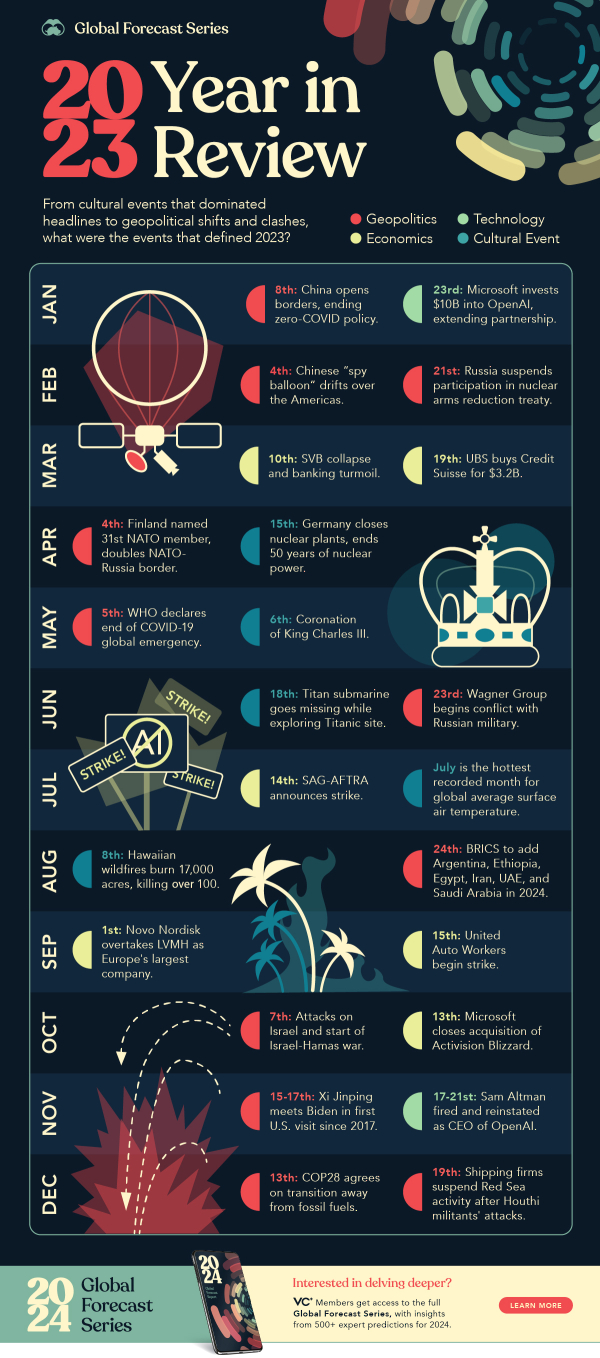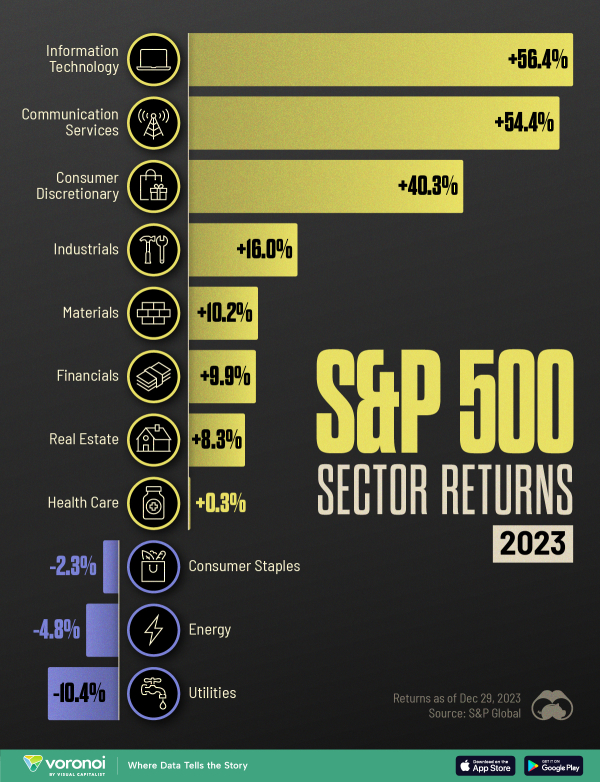Warren Buffet is 93 – and he just released his 2023 annual letter. Berkshire Hathaway saw record profits of $97 billion last year. If you scroll to the bottom of this year's letter, you can see he's got an almost 20% CAGR since 1965 and an overall gain of 4,384,748% since 1964. That is hard to imagine. It's even harder to do.
I think part of it comes from how grounded in reality he is. He focused on what doesn't change instead of what does and on who his "actual" competition is.
“Berkshire should do a bit better than the average American corporation and, more important, should also operate with materially less risk of permanent loss of capital. Anything beyond “slightly better,” though, is wishful thinking. This modest aspiration wasn’t the case when Bertie went all-in on Berkshire – but it is now.” – Buffett on Berkshire's prospects for shareholders like his sister, Bertie
Buffet is not looking for lottery tickets; he's stacking little wins. There's power in that. He also pointed out that as stock trading has become more accessible – it's made daily buying and selling easier, but also more erratic. That, unfortunately, benefits the "house" more than these individuals.
Warren Buffett is a legend for many reasons. Foremost among them might be that he's one of the few investors who clearly has an edge … and has for a long time.
From 1976 to 2017, his Sharpe ratio (excess return relative to risk) was approximately double the overall market. He even did well in 2021. Berkshire Hathaway passed a trillion in assets last August (up from $700 billion in 2019) – and is still performing well.
While many people consider Buffett to be an investor, I also consider him to be an entrepreneur.
At the age of six, he started selling gum door to door. Obviously, selling gum wasn't the key to his path to riches. So, how did he make his first million? Here's a video that explains it.
via Coolnimation
He made his first million at age 30 (in 1960). For context, a million dollars in 1960 would be worth about $10.4 million today.
Buffet has always been honest about his bread-and-butter "trick" … he buys quality companies at a discount and holds on to them.
It is fascinating to recognize how much the world has changed – and yet how much it has stayed the same.
For one last bonus, here's one of my favorite quotes from his 2011 letter.
“Money will always flow toward opportunity, and there is an abundance of that in America. Commentators today often talk of “great uncertainty.” … No matter how serene today may be, tomorrow is always uncertain.
Don’t let that reality spook you. Throughout my lifetime, politicians and pundits have constantly moaned about terrifying problems facing America. Yet our citizens now live an astonishing six times better than when I was born. The prophets of doom have overlooked the all-important factor that is certain: Human potential is far from exhausted, and the American system for unleashing that potential – a system that has worked wonders for over two centuries despite frequent interruptions for recessions and even a Civil War – remains alive and effective.
We are not natively smarter than we were when our country was founded nor do we work harder. But look around you and see a world beyond the dreams of any colonial citizen. Now, as in 1776, 1861, 1932 and 1941, America’s best days lie ahead.”
Further, the Pragmatic Capitalist highlights this lesson:
Nothing stopped so many innovators and entrepreneurs more than the fear of failure. If you allow yourself to be constantly scared into thinking that the world is doomed you will never take that risk which might result in great reward. And perhaps worse, if you never fail you will never learn to get up, brush yourself off, move on and succeed in the future. This does not mean you should wander through this world with great complacency and blind optimism, but if you deny yourself the ability to maximize your full potential, you will always come up short.
Fear, uncertainty, and greed are all hallmarks of every year. There are undoubtedly ebbs and flows to everything, but we are clearly marching towards greener pastures.
A great lesson to learn from Buffet is that the game isn't about the next year or even three years … it's about a lifetime and the generations that come after us.
Let's continue to make our tomorrows bigger and better than our today.
Onwards!

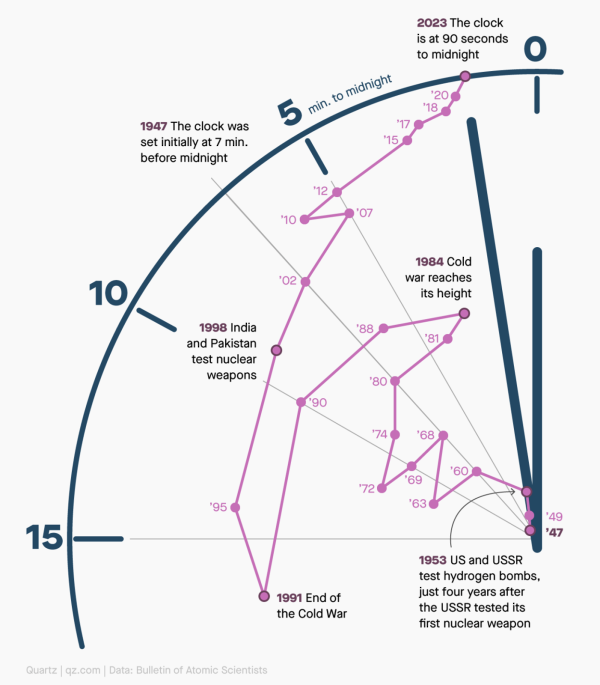

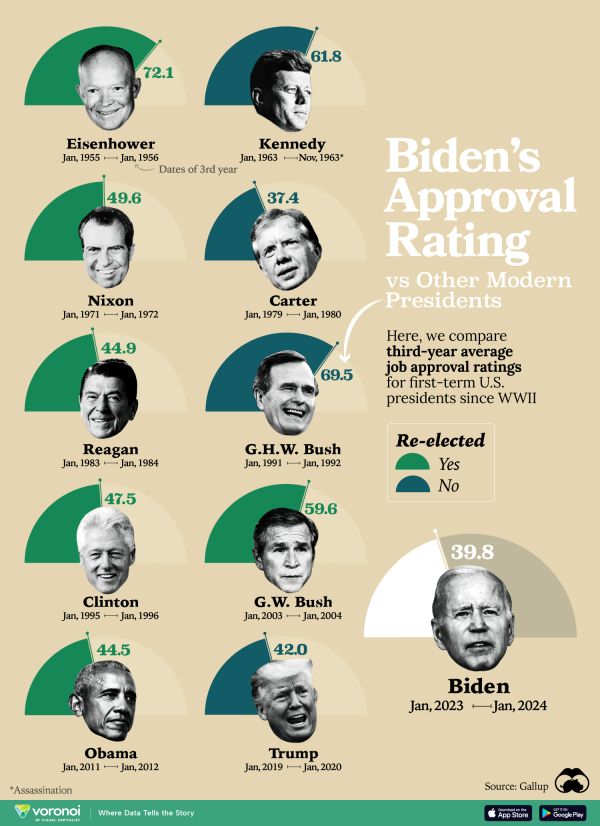

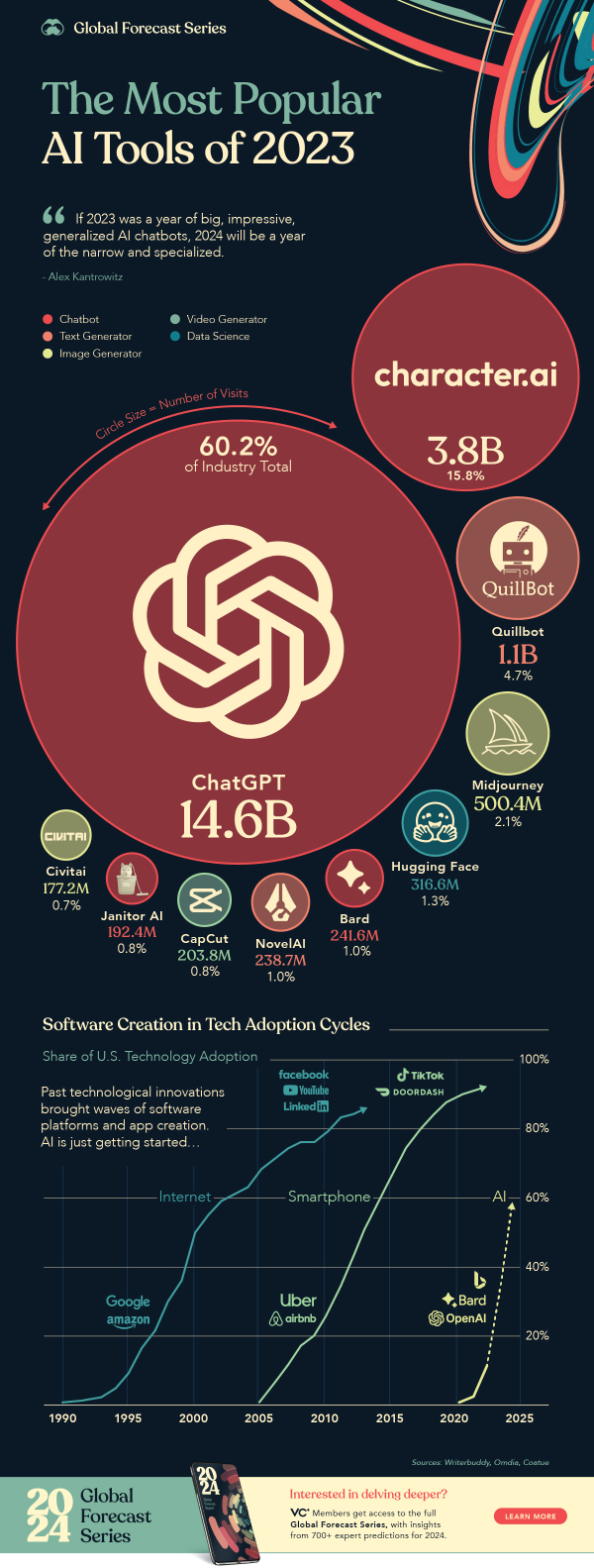
 via
via 
